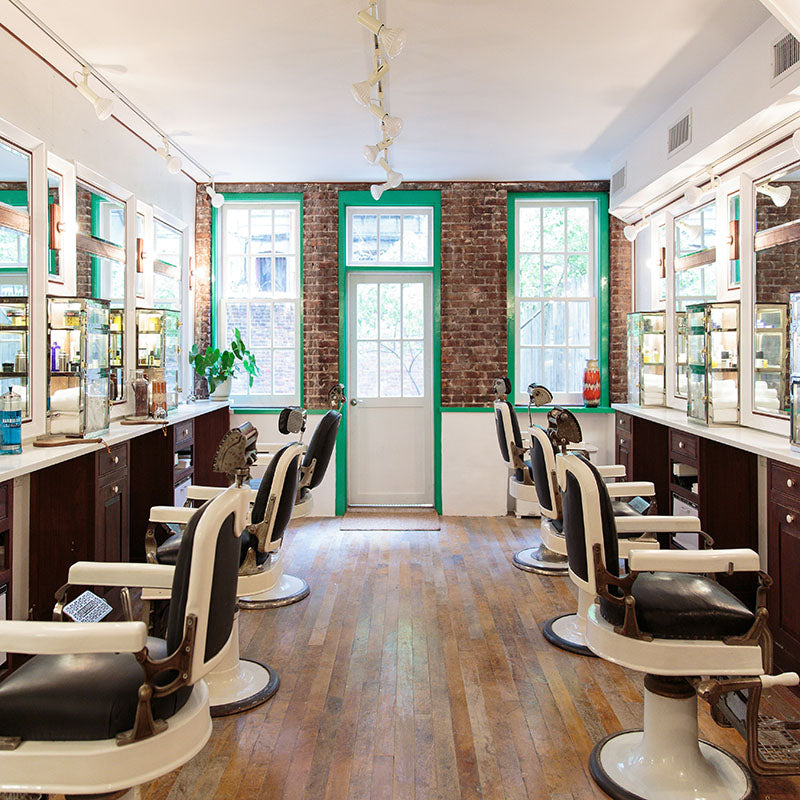One of the most common sanitation errors barbers should avoid is the reuse of personal grooming tools without proper sanitation. Tools such as scissors, trimmers, and brushes can harbor bacteria and viruses if they are not cleaned after each application. Barbers should consistently sanitize their tools with appropriate solutions or wipes after customers. Failing to do so might lead to the spread of infections, which can have grave consequences for clients. Establishing a routine for sanitizing and sanitizing instruments is not just a recommended protocol; it is a vital part of maintaining a safe operational environment.
Another habit to prevent is overlooking to clean one's hands regularly. Barbers engage with various clients in a single shift, and their hands can easily accumulate bacteria and pathogens. It is essential for barbers to clean their hands meticulously with soap and water prior to and after each customer. Additionally, using skin sanitizer can be an effective method to further reduce the spread of pathogens. Skipping this step can endanger client safety and may lead in infections or illnesses that could have been easily avoided.

Adequate cleanliness of the barbershop setting is also critical. Stylists should avoid ignoring surfaces that are frequently touched, such as chairs, countertops, and waiting area chairs. These surfaces should be disinfected and sterilized regularly to reduce the likelihood of contamination. Establishing a cleaning schedule can help barbers maintain a hygienic environment. This protocol not only protects clients but also enhances the general atmosphere, allowing clients feel more comfortable and valued.
Additionally, stylists should refrain from utilizing products that have not been kept or managed correctly. Cosmetic products such as gels, sprays, and serums can turn tainted if they are left open or improperly stored. It is crucial for stylists to examine use-by dates and to store products in a chilly, arid environment. Discarding any outdated or suspicious items is essential to ensure client well-being. Utilizing contaminated products can lead to dermal reactions or hypersensitivity reactions, which can tarnish a stylist's credibility and injure clients.
To conclude, stylists have a duty to copyright high levels of sanitation to guarantee the safety and well-being of their customers. By preventing the recycling of unsterilized tools, overlooking hand hygiene, overlooking environmental sanitation, and utilizing improperly stored items, stylists can create a safe and inviting environment. Understanding and implementing these critical hygiene practices not only safeguards customers from infections but also builds confidence and site faithfulness. A sanitary barber see here now shop is a successful barbershop, in which both stylists and customers can feel confident and safe.